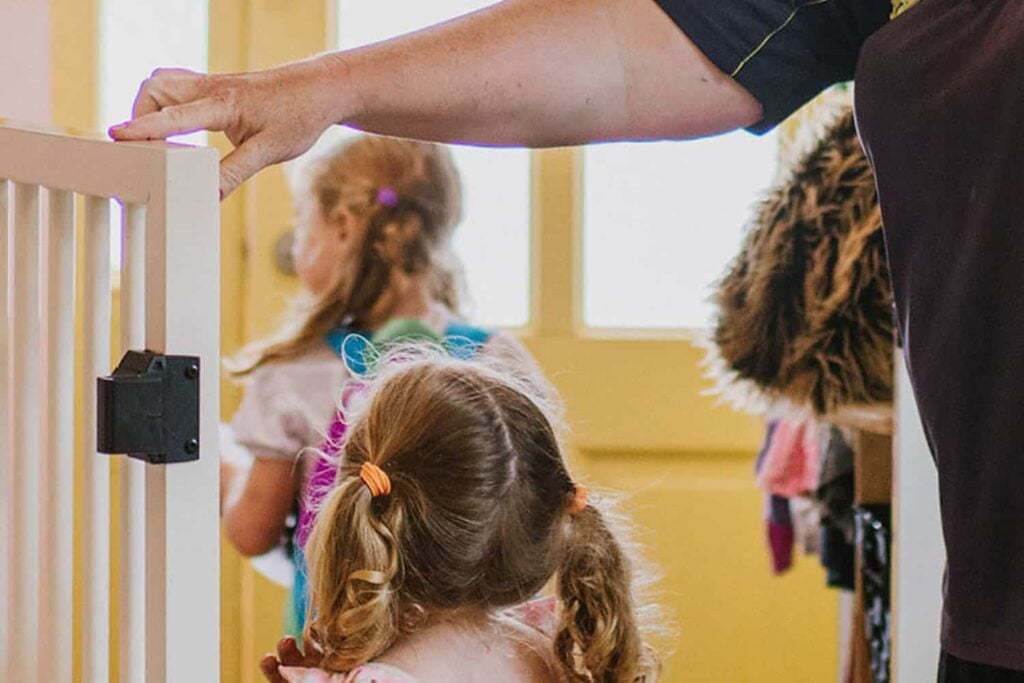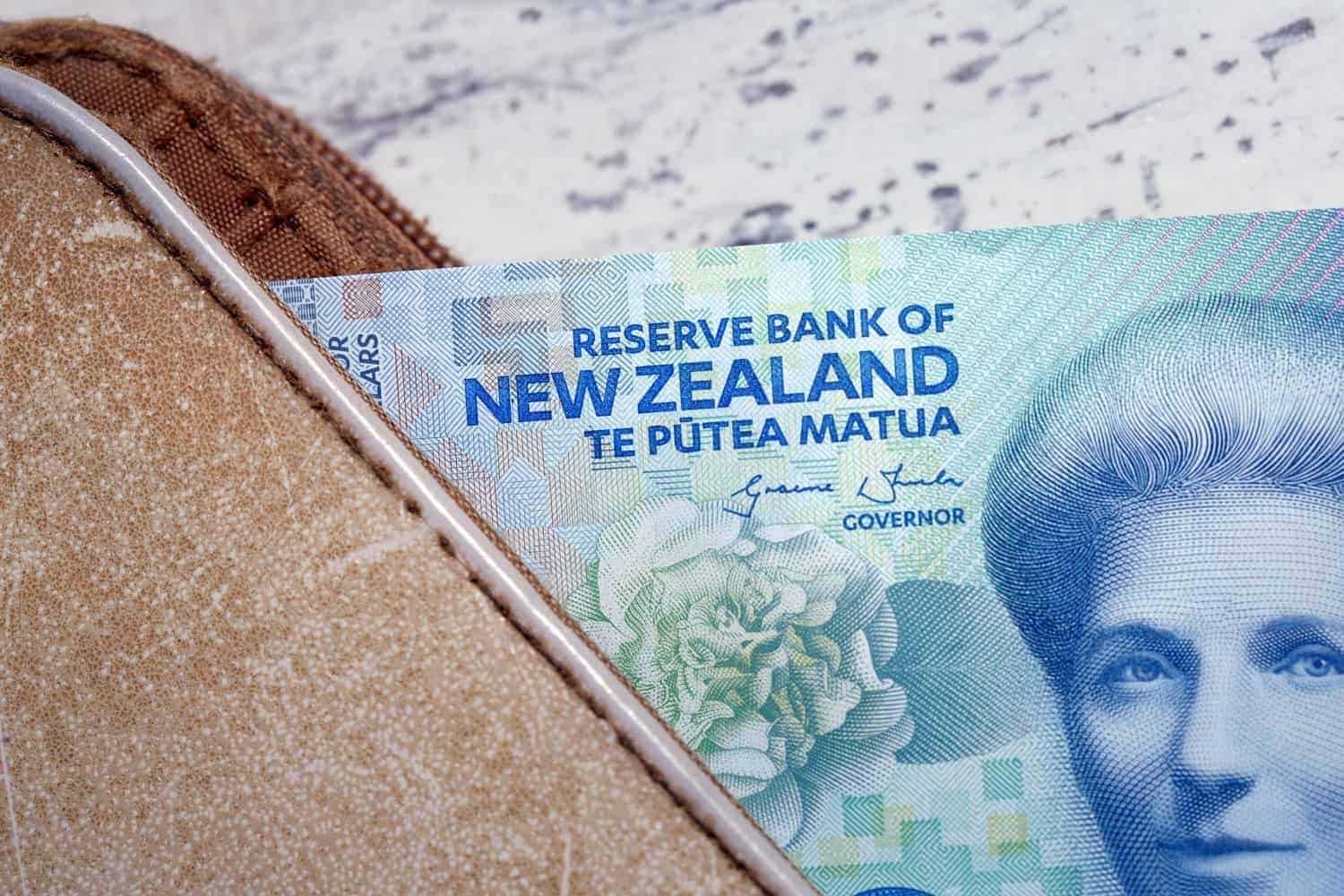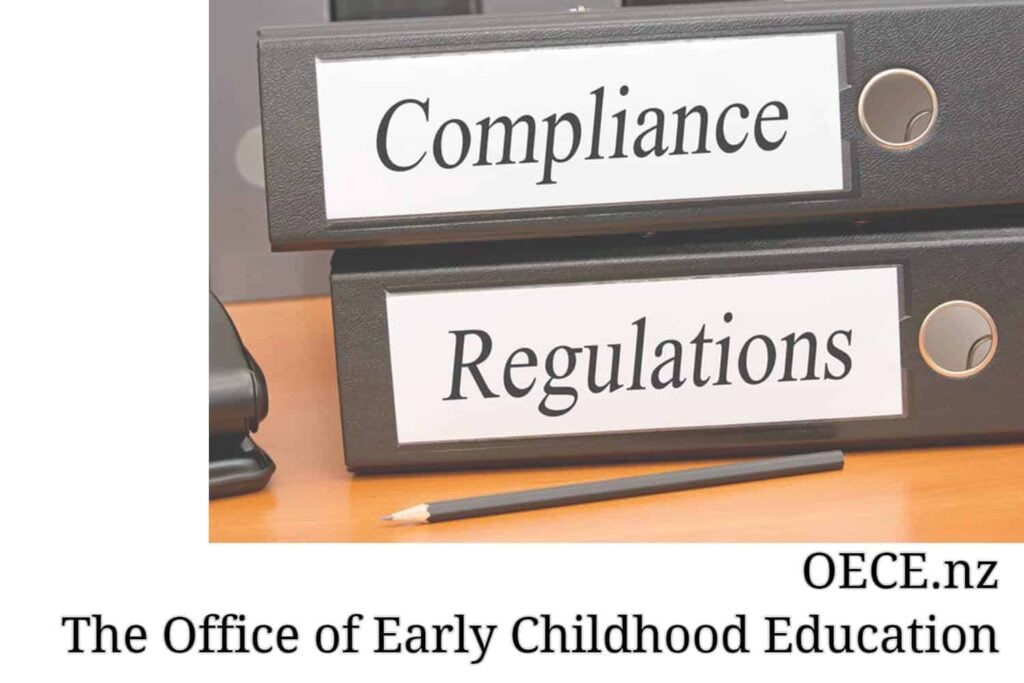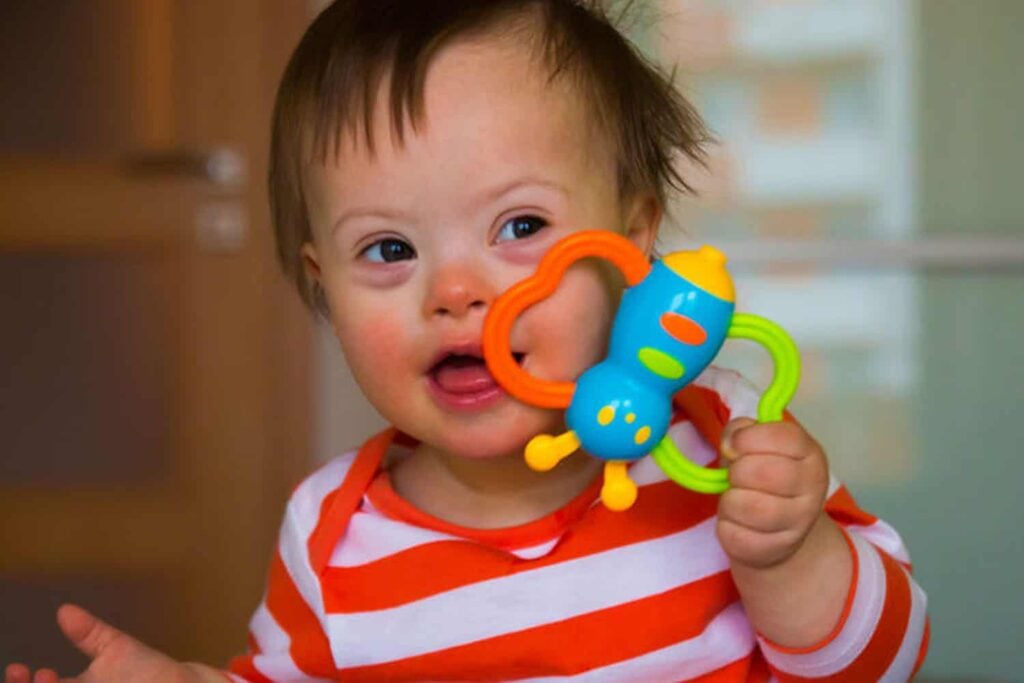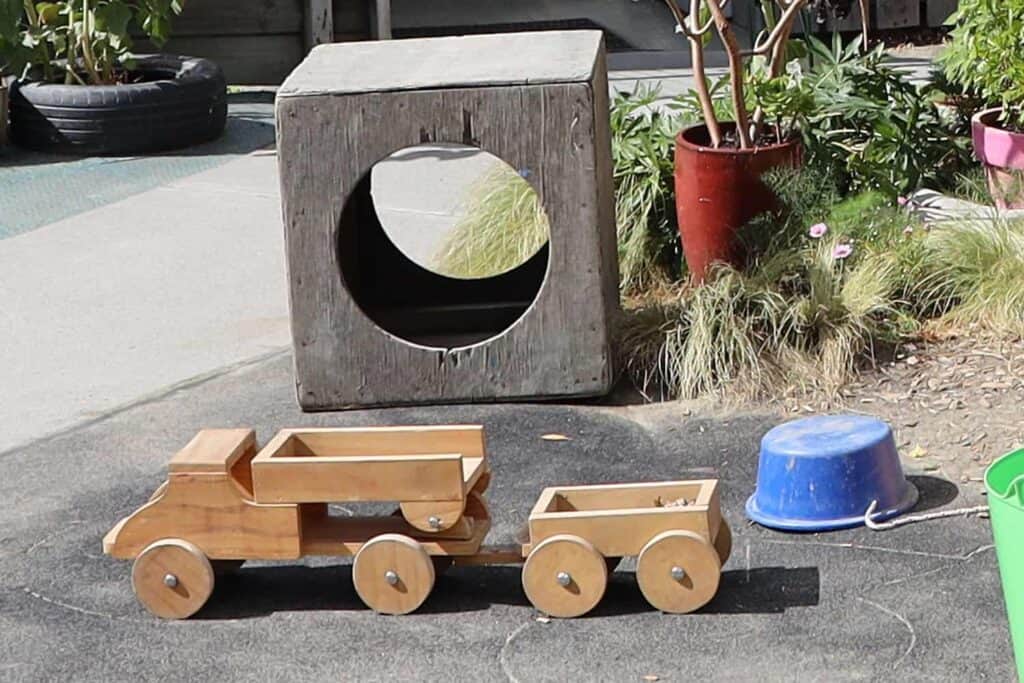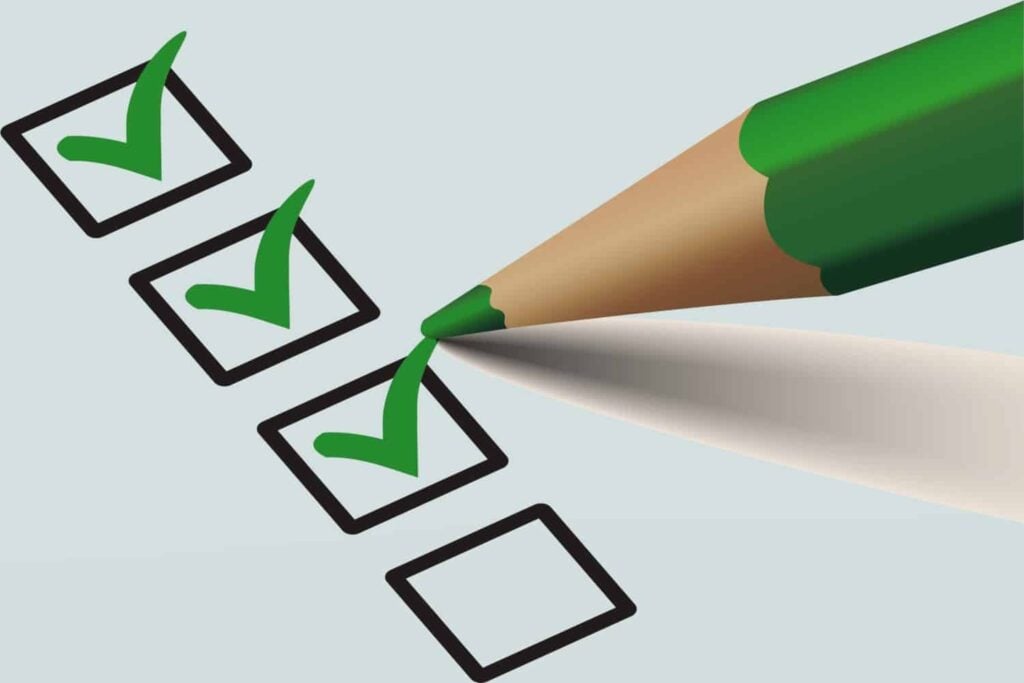Eligibility for the MSD childcare subsidy depends on the level of family household income.
It is provided for up to 9 hours a week where the parent/ caregiver is not working and up to 50 hours a week where the parent/caregiver is working or in training. In most cases families are not eligible for the Childcare Subsidy for more than 9 hours a week if the child’s other parent/s or caregiver can care for them.
It is available for children up to 5 years of age (or over 5 if they’re going to a cohort entry school). Children on a Child Disability Allowance are eligible for the Childcare Subsidy up to their 6th birthday.
Families getting the Early Learning Payment because their child is enrolled in a Family Start or Early Start programme and aged 18 months to 3 years, can’t get the Childcare Subsidy for the same hours.
Families whose children are aged 3 to 5 years and attend a service that receives 20-Hours ECE funding cannot get the Childcare Subsidy for the first 20 hours even if the service charges a “fee” (i.e., ‘optional’ payment) as many services do. Families can however ask their ECE service not to include their child in their claim for 20-Hours ECE funding, so the WINZ subsidy can be applied – but we advise families to first check if they would be better off under the childcare subsidy rates or not.
WINZ Childcare Subsidy Rates
These are the rates from 1 April 2024 (the previous rate amounts are included in brackets so you can see how much the rates have increased in the last year)
| Payment Rate | Number of children | Gross weekly total household income before tax | Amount per hour non-taxable | Amount per week maximum up to 50 hours non-taxable |
| Rate 0 | One | Less than $1,062 | $6.38 (was 6.10) | $319.00 (was 305) |
| Rate 1 | One | $1,062 to $1,933.99 | $5.09 (was 4.86) | $254.50 (was 243) |
| Rate 2 | One | $1,934 to $2,094.99 | $3.56 (was 3.40) | $178.00 (was 170) |
| Rate 3 | One | $2,095 to $2,256.99 | $1.99 (was 1.90) | $99.50 (was 95) |
| Nil | One | $2,257 or more | Nil | Nil |
| Rate 0 | Two | Less than $1,221 | $6.38 | $319.00 |
| Rate 1 | Two | $1,221 to $2,224.99 | $5.09 | $254.50 |
| Rate 2 | Two | $2,225 to $2,400.99 | $3.56 | $178.00 |
| Rate 3 | Two | $2,401 to $2,578.99 | $1.99 | $99.50 |
| Nil | Two | $2,579 or more | Nil | Nil |
| Rate 0 | Three or more | Less than $1,368 | $6.38 | $319.00 |
| Rate 1 | Three or more | $1,368 to $2,481.99 | $5.09 | $254.50 |
| Rate 2 | Three or more | $2,482 to $2,691.99 | $3.56 | $178.00 |
| Rate 3 | Three or more | $2,692 to 2,901.99 | $1.99 | $99.50 |
| Nil | Three or more | $2,902 or more | Nil | Nil |
Parents
Check with WINZ for more information or to confirm eligibility.
Service Providers
Additional claim information and advice on managing arrears is available for ECE Services on our website.
News Story “Childcare Subsidy Changes”
November 7, 2022.
The income thresholds for families to qualify for the WINZ childcare subsidy are to be lifted from 1 April next year, as well as subsidy amounts.
Prime Minister Ardern said this will help to tackle the cost-of-living crisis for families and give more parents, especially mothers, the choice to return to paid work by making childcare more affordable.
The lift in income thresholds is long-overdue – the number of children supported has dropped from 50,000 in 2010 to fewer than 25,000 this year. Many more families will now qualify.
Radio NZ Checkpoint programme: “The government’s touted its $189 million boost to childcare subsidies as a way to get more parents into full-time work, and to fill labour shortages. But some parents are dubious it’s worth a return to the workforce – and if it will it put extra money in their pockets. Our reporter Katie Todd has been crunching the numbers.”
Will the increased subsidies help parents get back to paid work?
Maybe not. NZ already has a record level of female participation in the workforce, so any increase in work resulting from the subsidy is likely to be quite small. Those that want to be in paid work have mostly found a way to do it, and there’s no shortage of jobs and employers at present willing to be flexible about hours of work. So come 1st April next year, we do not expect to see a sudden increase in enrolment numbers in early childhood education and care.
Will the subsidy increase help parents with the cost of living?
One thing to note is that Government has no control over childcare fees. Services set their own fees.
By the time the subsidy increases take effect in April of next year, any ECE service that wants to, may well have raised its fees, effectively wiping out any, or all, potential fee reduction from the subsidy increase.
But families who previously didn’t qualify for the subsidy because they earned too much will likely enjoy some very welcome fee reduction.
What else is needed?
Pay parity for early childhood teachers with schoolteachers needs to be delivered or there are not going to be the teachers to work in the early childcare and education services.
Ardern said that Free ECE for all is her big wish. So why the Labour Government does not deliver on its promise of providing 20 Hours Free ECE (read “a broken promise”) is a mystery.
Ardern also said that she wants parents to “stay home and be a primary caregiver if they choose to”. But if the government honestly supported this, then we would see the subsidy going to parents, to give parents financial choice to care for their child or to use it for childcare.
